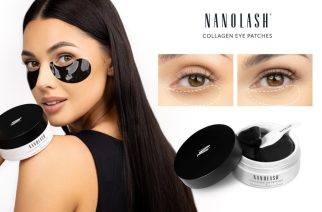Cellulite is a nightmare for many people. If not diagnosed and treated properly right away, it can have an impact on everyday chores or even cause pain when trying to perform even the easiest activities. What methods should you use to effectively diagnose cellulite?
How to diagnose cellulite?
Cellulite diagnostics involves the following tests:
- interview,
- palpation,
- anthropometric measurements,
- USG,
- elastography,
- photoplethysmography.
1. Interview – is a talk with a patient in regard to obtain information about the diseases one had in the past, age, lifestyle, weight, the amount of liquid intake, dietary habits, and when it comes to women also about pregnancies, births.
2. Palpation – is conducted on loose and tighten muscles. The research involves an examination of skin irregularity, color, temperature, and varicose veins presence. Thanks to this test, it is possible to diagnose one of 4 cellulite stages:
- 0 – absolute lack of lumpiness when the pressure is applied to the skin,
- I – the dimpling is visible when pressure is applied,
- II – the dimpling is to be observed on the skin when standing but nonexistent when laying down,
- III – the dimpling in the skin is apparent when standing and lying down.
3. Anthropometric measurements – it involves a survey of weight, height, muscles and fat. The BMI is being calculated, subcutaneous tissue thickness is determined in percentage, fat tissue location is checked, and the level of adiposis. Another thing being tested is skin elasticity and information on its condition is being gathered.
4. The USG – allows to thoroughly assess skin changes and diagnose cellulite stage. During the examination, you can observe subcutaneous tissue ingrowth into the dermis and detect the changes to blood circulation. USG also helps to determine the effects of cellulite treatment.
5. Elastography – it finds that pathological tissue has different elastic properties and stiffness and when pressure is applied it deforms. This examination requires an ultrasound machine equipped in a special head.
6. Photoplethysmography – a special probe equipped in light is placed in the skin. It allows determining the amount of blood in tissues and to assess swelling and water retention which happen to be cellulite symptoms.










Leave a Reply